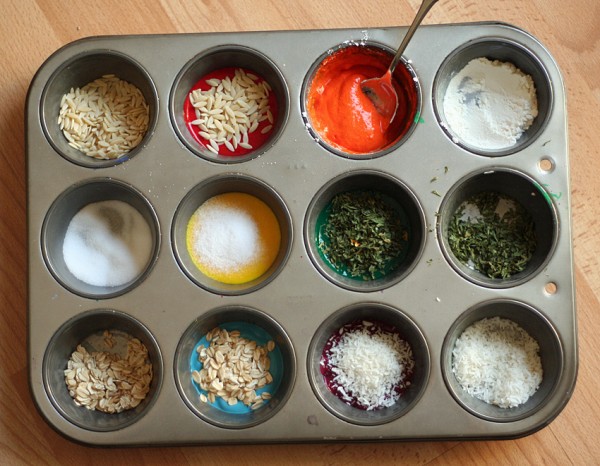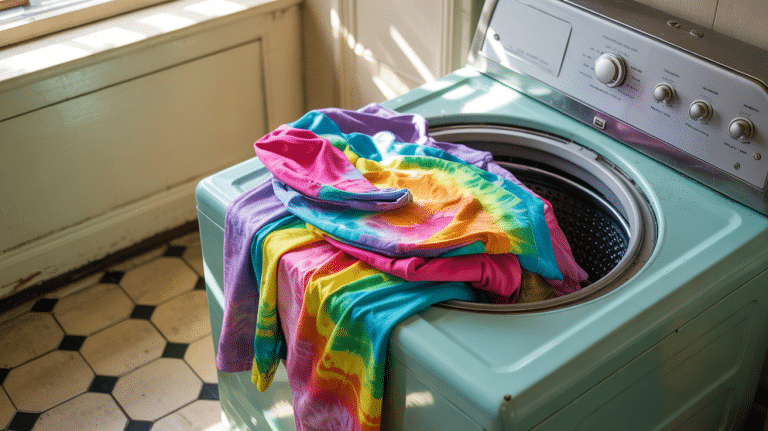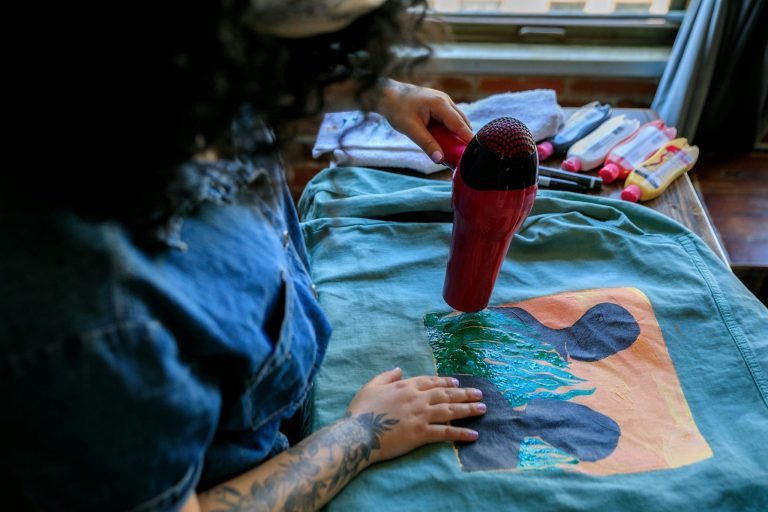Creativity doesn’t always need specialized tools or expensive materials. It can be all fun with some exploration.
The more you explore things at home, the more you create amusing creations.
Be it walls of the home, roadside creativity, or a piece of craft on the sheet, finger painting ideas can fill the area with artistic textures.
The items are readily available in the kitchen and home, which can create artistic features in regular paint.
Use your fingers and that beautiful creative mind to add fun to the regular boring paints.
Homemade Textured Finger Paints

Exploring the world through learning is the best form of development. Pick up the color palette and fill it with your favorite colors.
Choose your desired surface to finger paint on. The add-on this time will be the various objects at home, ranging from spices to tapes, to add a range of fun to the paint.
Supplies
- Paint Color
- Color Palette
- Paint Brushes
- Spices
- Cereals
- Tapes, etc.
Let’s now understand what the textured finger paints will look like concerning the addition of various elements available at your home
1. Sugar
Add granulated sugar to any color you desire. Mix it well with the paint and spread it on the surface.
Use your fingers or smear it with your palm to form your desired art. The sugar will give the art a raised and enhanced look.
2. Salt
Cooking salt adds depth to the surface. It is best used when a watery or beach tropical setting is required.
You need to wash the surface with two or more colors and sprinkle the salt while the surface is still wet.
You can then brush off the salt after the surface has dried up and absorb its texture. You can also create a starry night look.
3. Oats
The oats particles add a versatile shade of warm and neutral texture to the surface.
The dominant particle in yellow will require the base surface to be in light colors for the particles to generate its look.
4. Vaseline
If you want to create halo effects for your paint, using petroleum jelly is the easiest way.
But make sure to use it only over waterproof paint colors. First, prepare the surface with your desired drawing and colors and let the colors settle in and dry.
Then, use your fingers to dab the vaseline on the areas you want to mask. Let it dry, then wipe off the jelly with a towel.
5. Masking Tape
Masking tapes kept at our homes lend themselves to making beautiful landscapes.
Tear the rough edges and burn them on the surface. Apply the paints and let them dry between layers.
You can add more tapes between the layers of color if you want. Post the paint drying, remove the masking tape, and let the beautiful effect reveal itself.
6. Parsley Leaves
The parsley leaves available in the kitchen are the best solution to add green aspects to your paint.
Dip the parsley leaves in your desired color, and then use your fingers to dab the surface with parsley leaves.
Create the design you want and let it dry. After it is dried up, you can either pluck out the leaves or let it on to have an enhancing look.
7. Cinnamon
Cinnamon adds a rich, warm hue to the overall color. The orange touch to the brown frame of the spice adds texture to the paint and makes the surface smell great.
You can directly stick the cinnamon sticks to your painted surface or paste it and mix it with the colors.
8. Flour
Flour to any paint makes it thick and creamy. It will be a fun experience to smear the thick paint color with fingers on the surface.
The porousness of flour will demand an increased intake of water, but be careful so that the paint doesn’t sway away with the water.
9. Shaving Cream
A very interesting pattern can be created using your dad’s/ brother’s shaving cream. Slyly grab their shaving cream and apply it all over your desired areas.
Then, dip the surface in the desired color and let the surface absorb it. Then, swirl a toothpick or silicone-tipped tool around to create a pattern. Let it dry and mask off the excess cream.
10. Aluminum Foil/ Tissue Paper
Spread two or more colors on the desired surface and let it dry.
Then, drip it with contrasting colors and dab the aluminum foil over the surface to create a texture. You can also use tissue paper to absorb the paint and create texture.
These are just a few examples of how vibrant and colossal your finger paint art can be with the addition of household items.
There are enormous possibilities through which you can design the best possible work and various creations you can design all by yourself.
Final Thoughts
Adding texture to regular paint using basic household items lets you add visual interest without spending a fortune on it.
It is a fun activity for parents along with their kids to spend quality time together where children will grow their artistic skills.
We have mentioned the most readily available techniques to add texture to finger paint.
You must try them and come up with more interesting ideas. The more you explore, the more you learn.
Let us know if you have any additional ideas to design flawless hand paint apart from what we have provided, and do inform us what worked out the best for you. Happy Painting!









